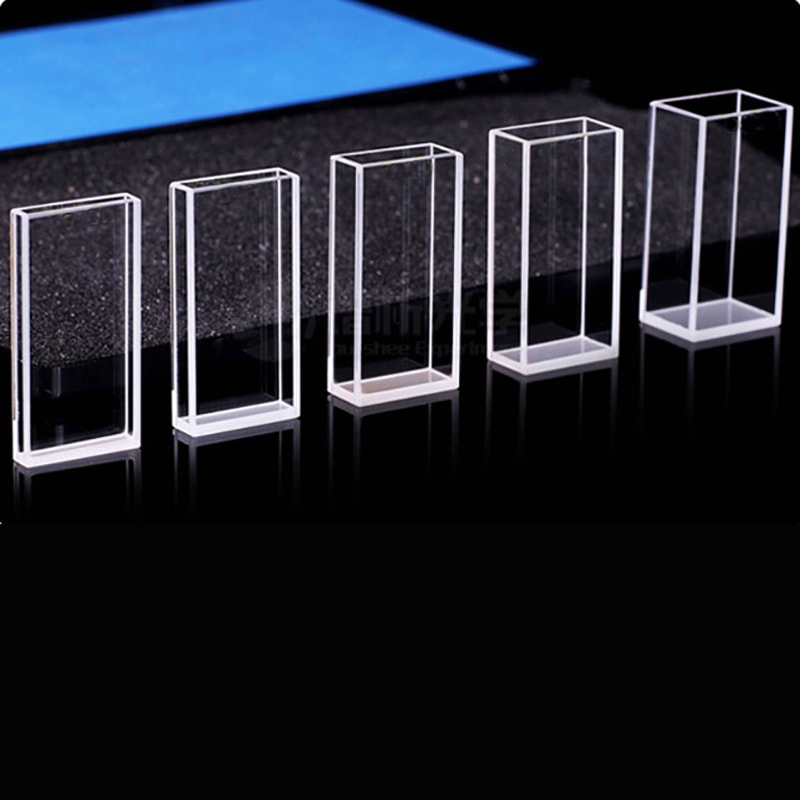The spectrophotometry technique is the base of scientific discovery. It is a way to discover the secrets of radiation absorption and transmission at certain wavelengths. Cuvettes are essentially the vessel at the heart of the process, and contains samples to be examined. They may look simple but their intricate structure including the length of the paths for cuvettes to the selection of materials, is what unlocks accurate information about the concentration of substances and purity. Explore this fascinating realm of cuvettes and the dimensions they take. They can affect the results of all experiments.
Power of Cuvette Pathlength
Imagine a beam of light passing through a specimen. What happens will depend on the cuvette path length and the distance light traverses the liquid. A standard 1cm path length cuvette is often used by many labs, balancing between the sensitivity of the instrument and its practicality. Why does this matter? The longer the distance extended, the greater amount of light is absorbed. This can increase the amount of light absorbed by the dilute samples. For concentrated solutions, like protein or nucleic acids, a short pathway length could alter the way you play. This reduces the amount of dilution necessary, saving precious samples and reducing preparation times. The takeaway? The art of matching path length to requirements for sample is not obvious and increases reliability.

Image credit: cuvet.co
Cuvette Dimensions The Look at more than meets the Eye
The size of the cuvette isn’t only about how much liquid is contained within it, it’s also about how the vessel works with the spectrophotometer. Each container is made to perform an exact task and comes in a range of sizes and shapes. Semi-micro cuvettes, for example due to their smaller size and thicker wall thicknesses are made to handle small volumes of samples. Think a few nanoliters, or perhaps a rare biological extraction. The thick walls let light traverse the sample without wasting even one drop. Comparing this to a cuvette standard, the difference is striking with fewer pipetting steps more accuracy, less mistakes, and outcomes that are long-lasting. This clever trick proves the size of a cuvette isn’t simply a number, it’s a strategy.
The 1cm length of the Path Cuvette: A Lab Favorite
Why is a cuvette with 1 centimeter length is so well-liked in a variety of experiments? It’s the best for biological studies, where there are a lot of samples and every milliliter is important. This classic design delivers consistent absorbance readings without overwhelming the detector, making it perfect for everything from DNA purity checks to enzyme assays. But it’s not a one-size-fits-all hero. You can swap it for a cuvette with a different length of path or shape, such as one intended for research on emissions and the data can skew wildly. The choice of the correct instrument is essential, don’t just use the one you are comfortable with. A cuvette that is not properly matched can be compared to a badly tuned instrument.
Material Matters beyond Size and Path
Cuvette dimensions tell only half the story material choice seals the deal. The high transmission rates of quartz and glass cuvettes permit light to flow through without interference. They’re durable and reuseable. They are therefore ideal for spectroscopy. Cuvettes made of plastic are affordable and simple to use. There’s no requirement for cleaning or cross-contamination. Simply take the cuvettes and dispose. These are great for tests using aqueous solutions or DNA/RNA tests. The trade-offs? The trade-off? This is a classic example of intent dictating preference for quartz for the purist, plastic for the pragmatist.
Perfect Practice and Precision
Cuvettes’ versatility is the reason they are attractive. The short path length options with spacers can handle concentrated samples with ease, while larger vessels can handle more bulky volumes. Each choice of path length and size as well as the type of material will have a ripple effect on the study. This can affect the quality of the results. Labs are measuring an uncommon, protein. A semi-microcuvette that has a narrow pathway will be able to avoid the dilution issues and produce precise results in a short time. When you compare this to an ill-advised cuvette swap mid-experiment and the results are distorted that’s not surprising. The smallest of details can have the most impact on spectrophotometry.
Cuvettes might be small but their importance is huge. Cuvettes are available in a range of sizes starting from the cuvette with a 1 cm length path to those made to order. They help bridge the gap between sample and insight. If you’re after purity or concentration the right cuvette will transform a weak measure into an excellent one.